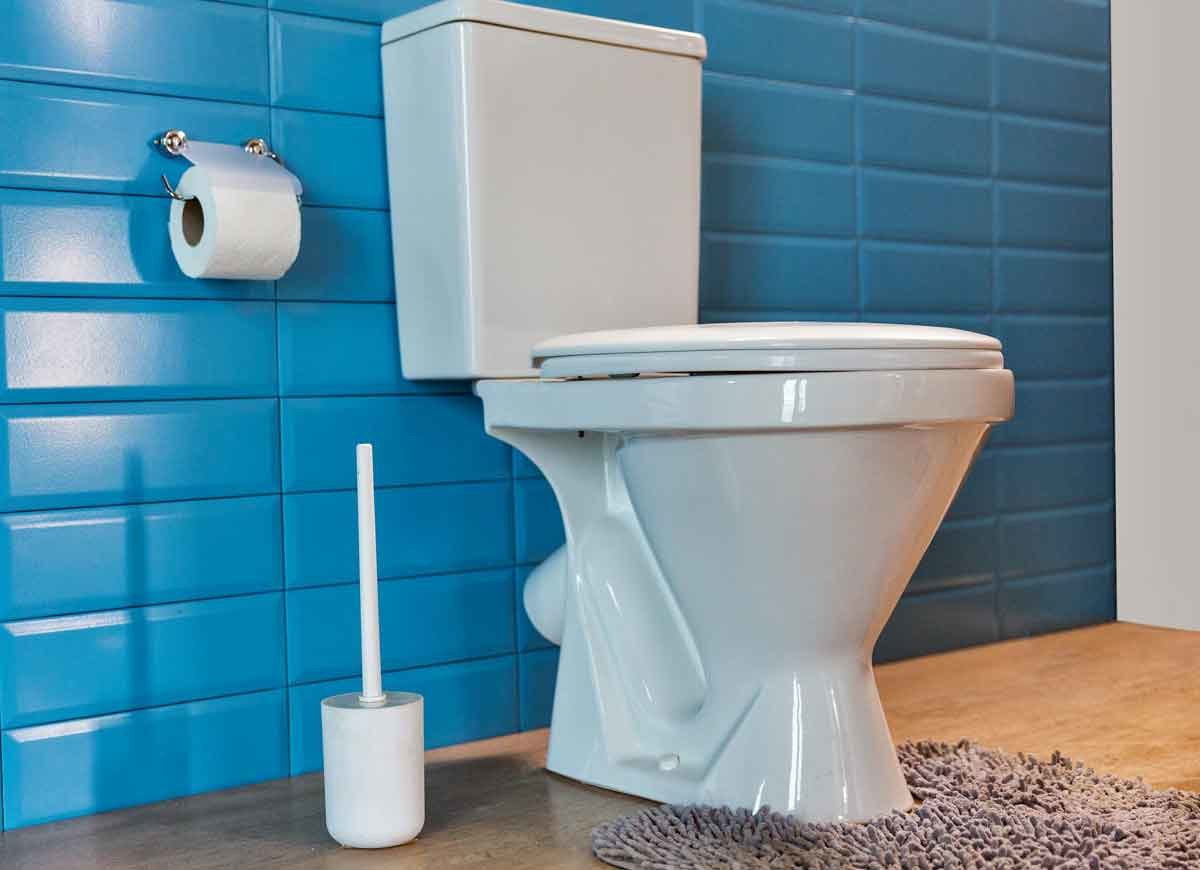

We may earn revenue from the products available on this page and participate in affiliate programs. Learn More ›
Home Advice You Can Trust
Tips, tricks & ideas for a better home and yard, delivered to your inbox daily.
By signing up you agree to our Terms of Service and Privacy Policy.
Know the Location of Shut-Off Valves

Before moving into a new home, note the location of the main shut-off valve and drain (in some cases, the shut-off will be located outside the house). You should also get acquainted with sewer line access points, in case you need to conduct periodic clean outs. Note that apartments and condos may not have their own dedicated shut-off valves.
Don’t Puncture Pipes

Are you planning to drill holes or pound nails into your walls, floors, or ceiling? First determine if there are any supply or drainage pipes behind your work area, since you don’t want to accidentally puncture them. You may be able to locate pipes behind walls with an inexpensive stud finder. Alternatively, you could invest in an endoscopic camera, which can be snaked into the walls.
Related: 16 Home Improvements and Repairs That Are Best Not to DIY
Find Out What’s Flushable

Homeowners shouldn’t use their toilet as a trash can, since flushing anything except toilet paper leads to nasty clogs. Even “flushable” baby wipes can back up the system!
Don’t Put Garbage Down the Drain

Never dump coffee grounds, food debris, bacon grease, vegetable peelings, or starchy foods like rice or potatoes down the kitchen drain; they will almost certainly clog your pipes. It’s also smart to read the manufacturer’s manual for your garbage disposal to know what, exactly, the unit can handle.
Related: 14 Things You Should Always Keep Near the Kitchen Sink
Take the Plunge

Invest in a high-quality plunger to clear clogs in toilets, sinks, and drains. If you’re planning to clean sink traps, use a plunger to push most of the water out before removing the trap. The task will be a lot less wet and messy.
Pull Out the Vacuum

When you’re trying to dislodge a clog caused by a small, hard object (like a child’s toy, toothbrush, or comb), rely on a wet-dry vacuum. It’s more effective to suck the object out. A plunger will only push it deeper into the drain, making it more difficult to remove.
Related: Suck It Up: 11 Vacuum Attachments You Should Own (and How to Use Them)
Don’t Ignore Leaks

That steady drip, drip, drip of a fixture symbolizes money going down the drain. In fact, a leaky faucet typically wastes up to eight gallons of water per day, while a running toilet can waste 200 gallons per day. Fix small leaks promptly before they become big—and costly—problems.
Never Over-Tighten Fittings

A common DIY plumbing mistake is over-tightening fittings and connections, which leads to broken bolts and stripped screws. Remember this adage: “hand-tight is just right.”
Make Friends with Plumber’s Tape

Plumber’s tape (also called Teflon tape) is used to seal pipe threads to prevent leaks around joints and fittings. You should typically wrap plumber’s tape three times around the pipe threads before sealing. Also note that white tape is designed for common household plumbing projects, while yellow is for gas line connections.
Always Check for Leaks

After every plumbing project, check for leaks by running water through the system, then opening and closing all valves and drains. Even professional plumbers may miss a small leak and need to reseal a connection.
Plumbing 101

With the right knowledge, you can be your own first line of defense for basic plumbing issues.

This Is the Year for a Kitchen Renovation
Whether you’re selling or staying, everyone can get something out of a kitchen update. Learn why we consider this renovation the Most Valuable Project of 2025 and how to stay on budget.